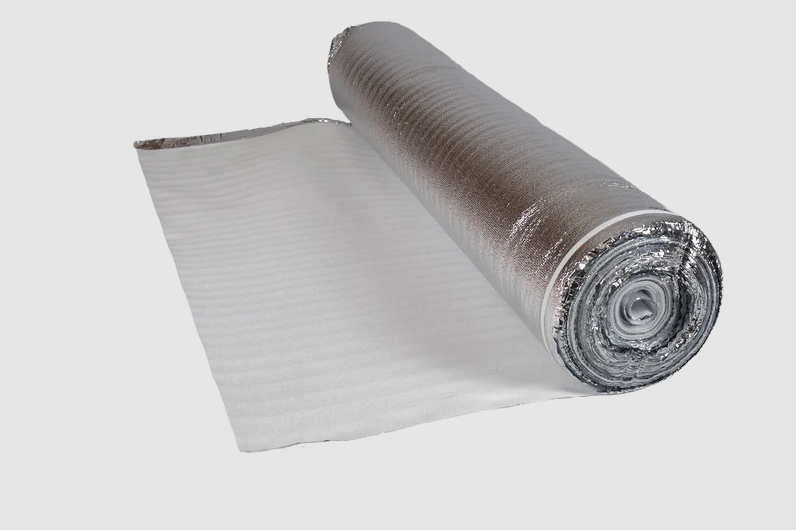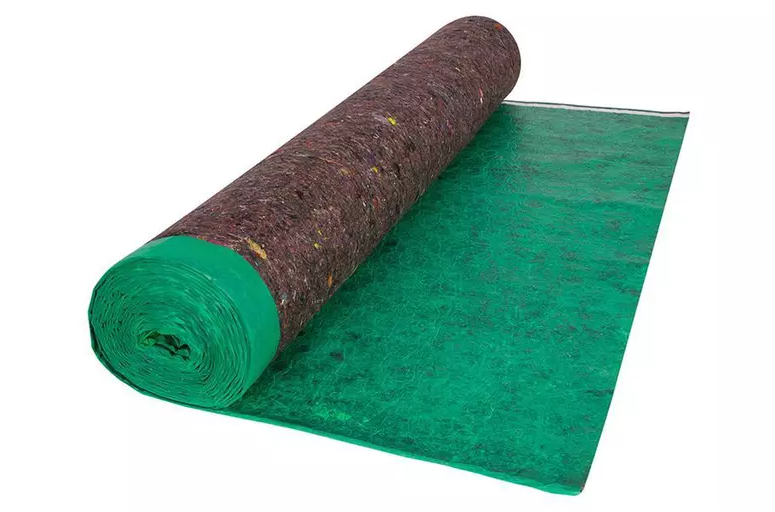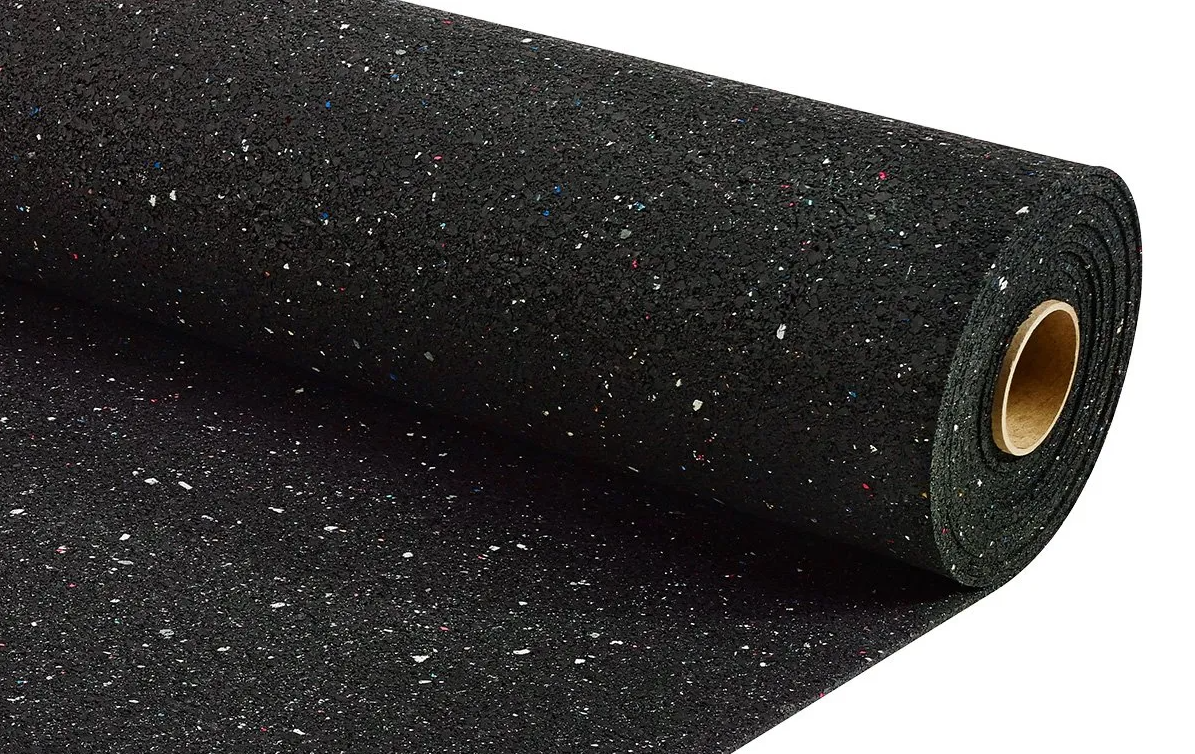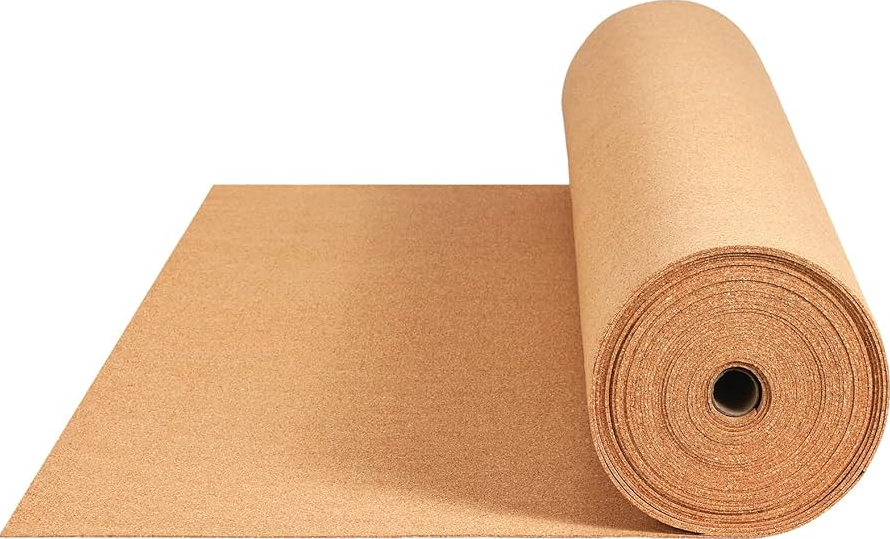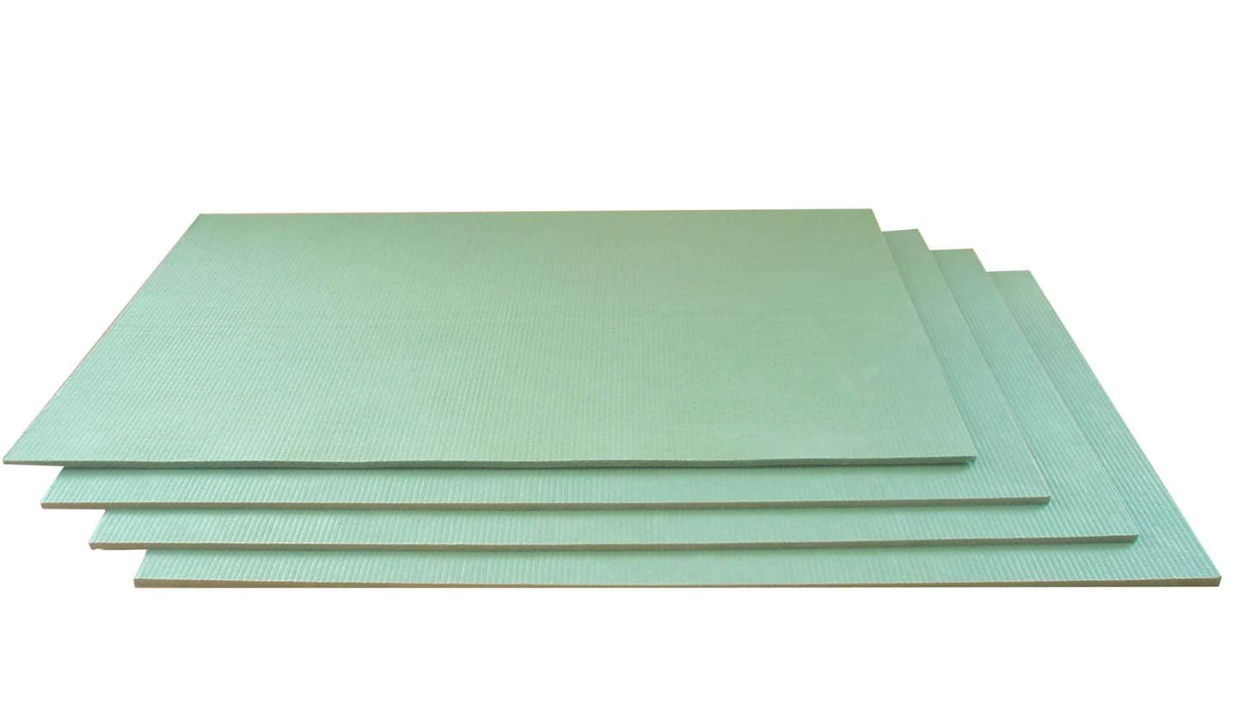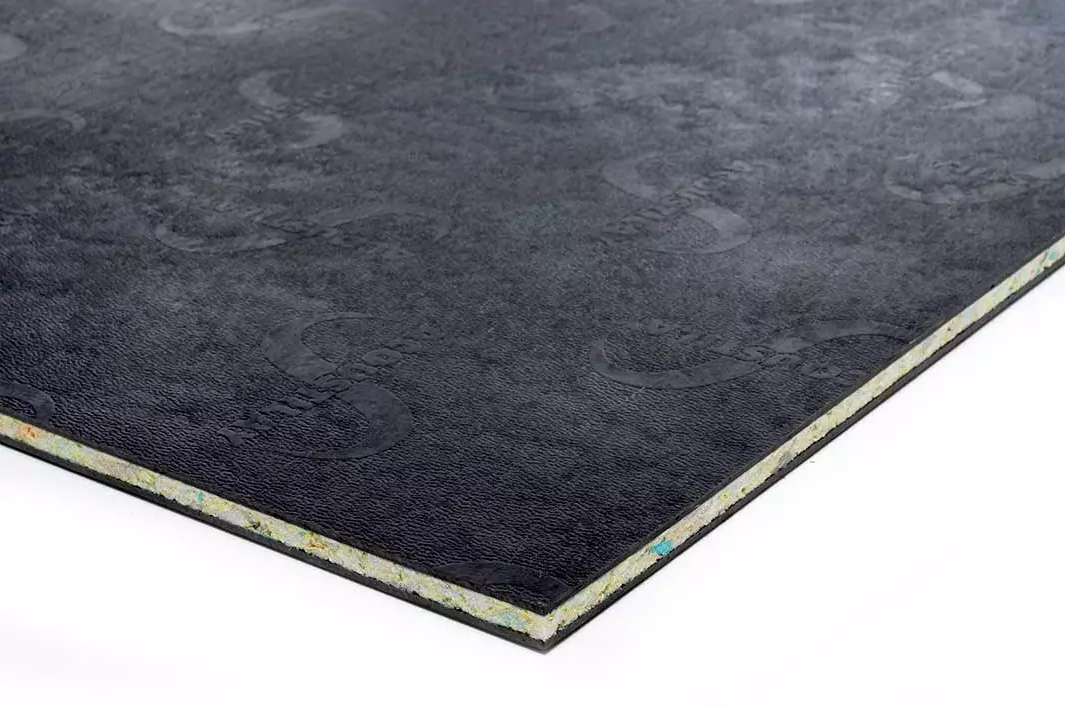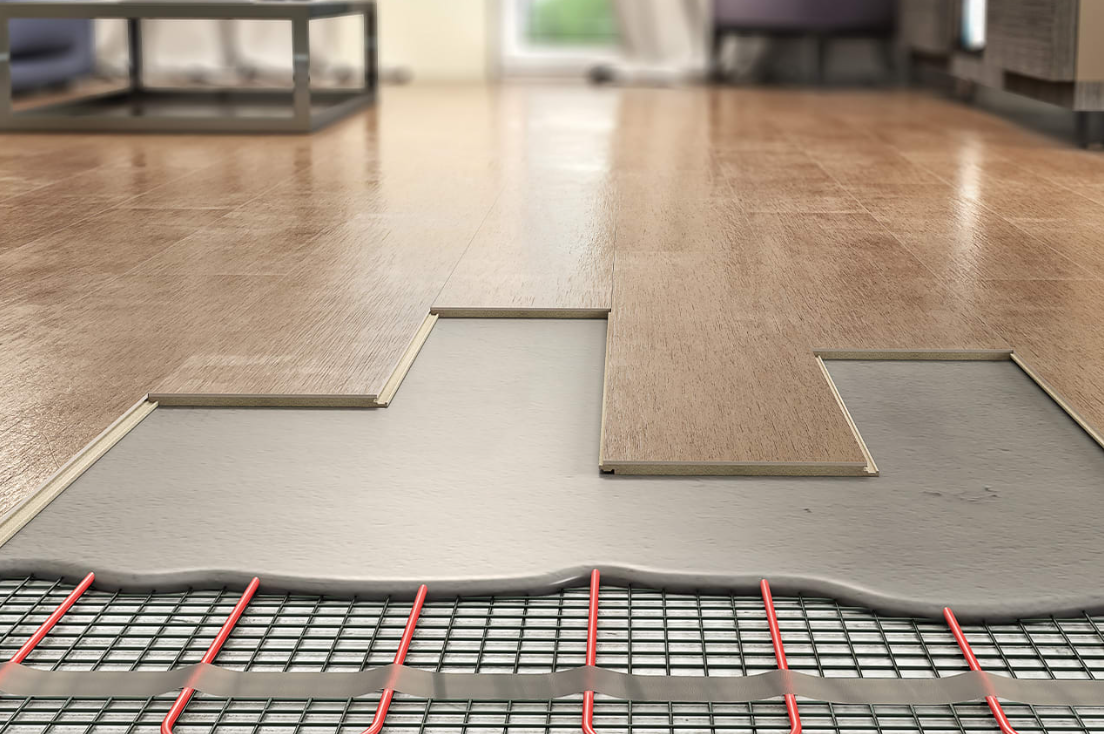Why Underlay for Laminate Floors Matters
Most people pick laminate floors based on how they look. Fair enough. But what’s under the surface? That’s what really makes the difference.
The right underlay can change everything. The floor feels more solid. Quieter. Warmer. And it lasts longer.
I’ve worked on all kinds of jobs—homes, rentals, offices. And one thing I’ve learned? There’s no “one-size-fits-all” underlay. What works great in a quiet bedroom might be a bad call for a busy hallway. Put the wrong one in a damp basement, and you’ll be dealing with swelling or mold in no time.
So if you want your laminate floor to actually hold up—and feel good too—start with the right underlay. Here’s a breakdown of the main types, where they work best, and what to keep in mind when choosing.
Foam Underlay: A Budget-Friendly Option for Dry Rooms
Foam underlay is a popular and low-cost option for laminate floors. It is made from polyethylene foam because it’s lightweight and simple to install. This makes it a great pick for DIY projects. Professionals also use it for a fast, easy job. A basic foam underlay for laminate flooring is often enough for dry, low-traffic spaces.
Suitable Applications
Using foam underlay in dry areas does not see heavy foot traffic, such as Bedrooms/Living rooms/lounges. For bedrooms and lounges, I often use a laminate flooring underlay for bedrooms that’s soft and easy to install.
In my opinion, it holds up well in these rooms. I would not use it in places that might get wet or have a lot of use, like bathrooms or main hallways.
Summary:
Foam underlay is a smart choice for its low cost, easy installation, and comfort. It’s a practical option for laminate flooring in most dry parts of your home. For extra protection and potential energy savings, I would suggest you upgrade to a foam and foil option, which is a great idea if you have underfloor heating.
Moisture-Blocking Foam Underlay: Best for Basements & Kitchens
As I recommend, a combination foam underlay with a built-in vapor barrier is a great choice for laminate floors in damp areas or places with lots of foot traffic. This underlay has a foam cushion layer and a vapor barrier made of plastic or foil. The barrier stops moisture and keeps your laminate floor safe from damage.
Best Use Cases
Basements, kitchens, bathrooms, or any space with a concrete subfloor
Apartment buildings or rooms needing sound insulation
Situations where you need both moisture protection and extra cushioning
My takeaway is this:
A combination underlay with a vapor barrier can make your laminate floor last much longer. It protects from moisture damage and cuts down on noise. I think this is critical for rooms that get a lot of use or where you want extra comfort. Projects with slab-on-grade construction need a moisture barrier underlay for concrete substrates.
Felt Underlay: Quiet, Dense, and Built to Last
Felt underlay is excellent for its density, support, and soundproofing. These are key qualities if you want a comfortable and quiet laminate floor. It weighs about 10+ lbs per 100 square feet. This weight makes it five times denser than even the best foam underlays. Because it’s so dense, your floor receives great support and lasts longer.
Where and Why to Use Felt Underlay
On wood subfloors: On wood subfloors, I find felt adds stability and cuts down on impact noise. You get a floor that feels softer, warmer, and quieter. This is a big plus for living rooms and bedrooms.
In busy homes: For homes with lots of activity, like with kids or frequent guests, felt is a great help. Its ability to absorb sound keeps your home calm. I recommend it for busy areas to reduce noise and add comfort.
For premium installations: While foam is more common under laminate, I see felt becoming more popular. People are choosing it when they want the best noise reduction, insulation, and a comfortable feel under their feet.
Summary:
Felt underlay is the best choice if you value great support, quiet, warmth, and sustainability for your laminate floor. It was once used mostly for carpets, but now people are using it for laminate as well. I recommend it when a peaceful, comfortable, and durable floor is your main goal.
Rubber Underlay: Premium Choice for Noise & Moisture Protection
For moisture protection, durability, and noise control, I find rubber underlay is a top performer with laminate floors. Let’s break down why I rate it so high.
Ideal Places I’d Use Rubber Underlay
Homes needing noise reduction in bedrooms, living spaces, and upper stories
Basements or ground floors where moisture might be a problem
Rooms with radiant underfloor heating for added warmth and comfort
Commercial spaces that see heavy foot traffic
My take: I recommend rubber underlay if you want the best mix of comfort, noise reduction, moisture safety, and long-term durability for your laminate flooring. This is true for your home or even for demanding commercial settings.
Eco-Friendly Cork Underlay: Great for Warmth and Air Quality
Cork underlay for laminate floors is always on my recommended list. I like it because it’s comfortable, provides great insulation, and is good for the environment.
Typical Uses & Sizing
Cork underlay is a great choice for laminate, wood, and carpet. It comes in 1-meter-wide rolls, with thicknesses from 2mm to 10mm. I suggest using a thicker underlay for better sound and heat insulation. It works very well in living rooms and bedrooms. Additional Advantages
Lightweight and Flexible: I find cork easy to work with because it’s so light—five times lighter than water. It’s also flexible and can form to a subfloor that isn’t perfectly even.
No Compression Issues: You don’t have to worry about the cork flattening out. Its dense structure keeps it from being crushed or moving around under heavy foot traffic.
Healthy Indoor Environment: Cork helps keep your home’s air clean. It is anti-static, so it won’t attract dust. It also doesn’t release any harmful gases, so I feel it’s a safe choice for any family.
My opinion: I believe cork underlay is an outstanding choice. It provides comfort, warmth, and quieter rooms. It’s also a choice you can feel good about for the planet. These are all important things I look for in a healthy, long-lasting floor.
Fibreboard Underlay: For Stability and Soundproofing in Busy Rooms
Fibreboard underlay for laminate floors, it provides great stability, insulation, and soundproofing. From my experience, it works best in busy parts of your home. A fibreboard underlay for laminate floors provides top-level support and noise control.
What Is Fibreboard Underlay?
Fibreboard underlay is made from 100% natural wood fibers that you can recycle. This makes it a green choice compared to synthetic types. The sheets are thicker than foam or rubber. Most are about 5.5 mm thick. I find this extra thickness adds great support and durability. You can feel the difference when you walk on it. If your subfloor isn’t perfectly smooth, try the best underlay for uneven wood subfloors.
My opinion:
Fibreboard underlay is a smart choice. It levels out small bumps, adds warmth, and reduces noise in busy rooms. Just keep in mind it’s best for dry spaces. If your floor gets damp or you have a concrete subfloor without a moisture barrier, I suggest looking at a different type of underlay.
Expert Opinion:
“I have been installing floors for 15 years. In my experience, many homeowners don’t realize how important moisture control is when using fibreboard underlay. It is an excellent choice for dry areas. I always tell my clients that even a small amount of moisture can cause damage. The natural wood fibers will swell up and start to break down. I’ve had to replace entire floors simply because a moisture barrier was not used. That is why I always recommend a careful moisture check before you choose fibreboard. It’s a great product when used in the correct conditions, but it is critical to make sure your space will stay dry.”
———— Mike Richardson , Certified Flooring Contractor & Installation Specialist with 15+ years experience
Acoustic Underlay: The Quietest Option for Multi-Floor Homes
If you want to soundproof your laminate flooring, I suggest acoustic underlay as your best option. It’s made to reduce noise and make homes and shared buildings more comfortable.
Where to Use It and How It Saves Money
Apartments, multi-story homes, and offices: It reduces sound transfer and makes living and working more pleasant.
Energy Savings: These underlays improve both sound and heat insulation. Over time, this can help you save money on your heating and cooling bills.
Moisture Prone Areas: I suggest you choose a version with a built-in barrier for kitchens or bathrooms.
My Recommendation: I suggest you pick an acoustic underlay that fits your needs. Think about noise reduction, warmth, and moisture protection. If you have underfloor heating, make sure the underlay works with it. This will give you the best all-around results.
Best Underlay for Underfloor Heating Under Laminate Flooring
If you’re putting laminate flooring over underfloor heating, picking the right underlay is very important. From my experience, it affects how well your heating works and how long your floor lasts. I find the best choice is one that lets heat through, protects from moisture, and feels comfortable.
Why It Matters
Underfloor heating is now very popular. Over 74% of homes use laminate floors, and many are adding these heating systems for more comfort. I believe using the correct underlay gives you quick, even heat. It also offers moisture protection and helps your laminate last longer, which is a great benefit in modern, energy-saving homes.
My Personal Recommendation:
I like Silent Underlay and Heatflow Wood & Laminate. I think they are both strong choices. In my opinion, they check all the important boxes. They offer great heat performance, protection from moisture, and solid comfort for heated floors. I believe following these guidelines will give you an efficient, reliable, and cozy result for your floor and heating system.
Final Thoughts: How to Choose the Best Underlay for Your Laminate Floor
After seeing so many types of underlay, I can tell you there is no single best option for everyone. The right choice depends on your room, your budget, and the level of comfort you want. You might use basic foam in a bedroom or a premium cork in your living space. Choosing the correct type will completely change how your laminate floor feels.
I suggest you think about what matters most to you.
* Do you need protection from moisture?
* Do you want to make the room quieter?
* Is adding warmth your main goal?
Once you know what you need, you can choose the best option. Your feet and your floors will thank you for making the right choice.

